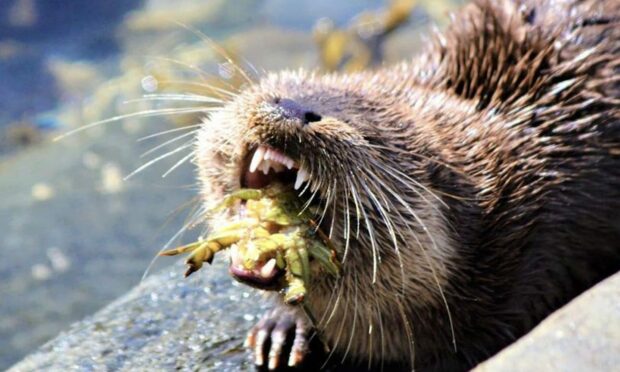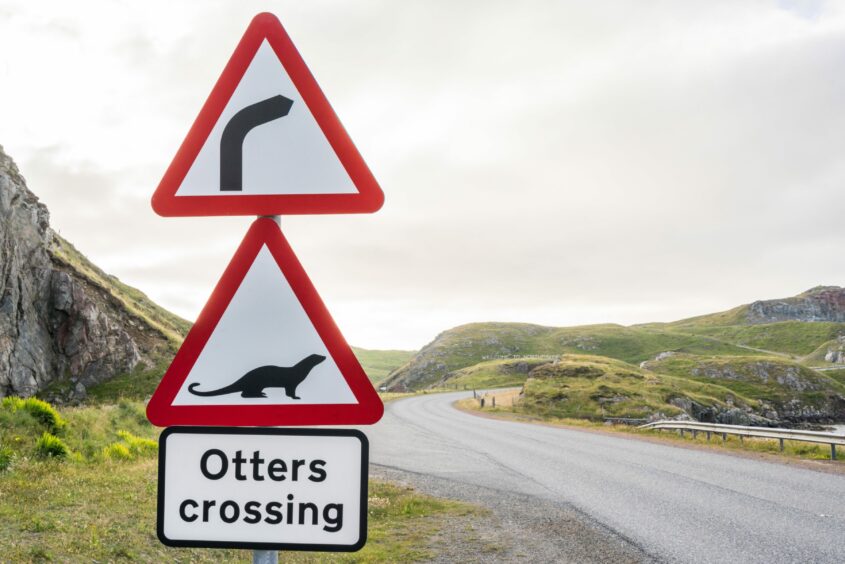An ecologist living on the West Coast has asked people not to post pictures of otters and reveal where they live on open social media forums.
Connel-based Barbara Macfarlane, a consultant ecologist with a special interest in otters, says that while communities know where the mammals are – it is important not to reveal where holts are for fear of disturbance as holts are protected in law.
In Argyll, there are well-known where the mammals are known to live in Oban, on Mull, and in Taynuilt.
But she says there is no need to broadcast their homes, known as holts, to everyone.
‘Very lucky’ to have so many otters
She said: “We are very lucky to have many otters in the area, and there are strong and healthy groups around the area.
“People in these communities know where the otters are, and share wonderful photographs of them online. But when it comes to posting it on Facebook and Twitter tourist pages and identifying where they live it becomes a difficulty.
“Otters are very easily disturbed.
“Human developments are squeezing otters and their habitats. Therefore we have a responsibility to protect them and their holts.
“When tourists come along specifically to find otters, it can disturb them, and even when some people know where they are and can get up close to them, it is not close enough and still they are pushing long lens cameras in the otter’s faces.
“While very few people knowingly disrupt otters it is best that they are not disrupted at all.
“It is best that when people come to our part of the world that they don’t know where the holts are.”
However, she says there are signs that otters are being disrupted when they look like they are in distress.
Otters may continually appear, and be watching the people watching them. They could be trying to return to their holt and the person watching may be in the way of them getting home.
Ms Macfarlane said: “Sometimes people will unknowingly be standing in the way of an otter getting back to its holt. They don’t want you to know where their holt is – so it can mean that cubs are not being fed while people watch them for hours.”
Majority of people mean no harm
Similar measures were introduced on the Isle of Mull to protect white-tailed sea eagles – where managed visits are made to nesting sites.
Residents on the island have paid for signs to be placed on the roadside to warn drivers that otters are in the area.
Ms Macfarlane continued: “I want to reiterate that the vast, vast majority of folk mean the otters no harm and it is only a tiny percentage of photographers who may be irresponsible, but better to keep the otters safe by not disclosing exact locations online.
“If anyone has any concerns about an otter to contact the International Otter Survival Fund.”



Conversation